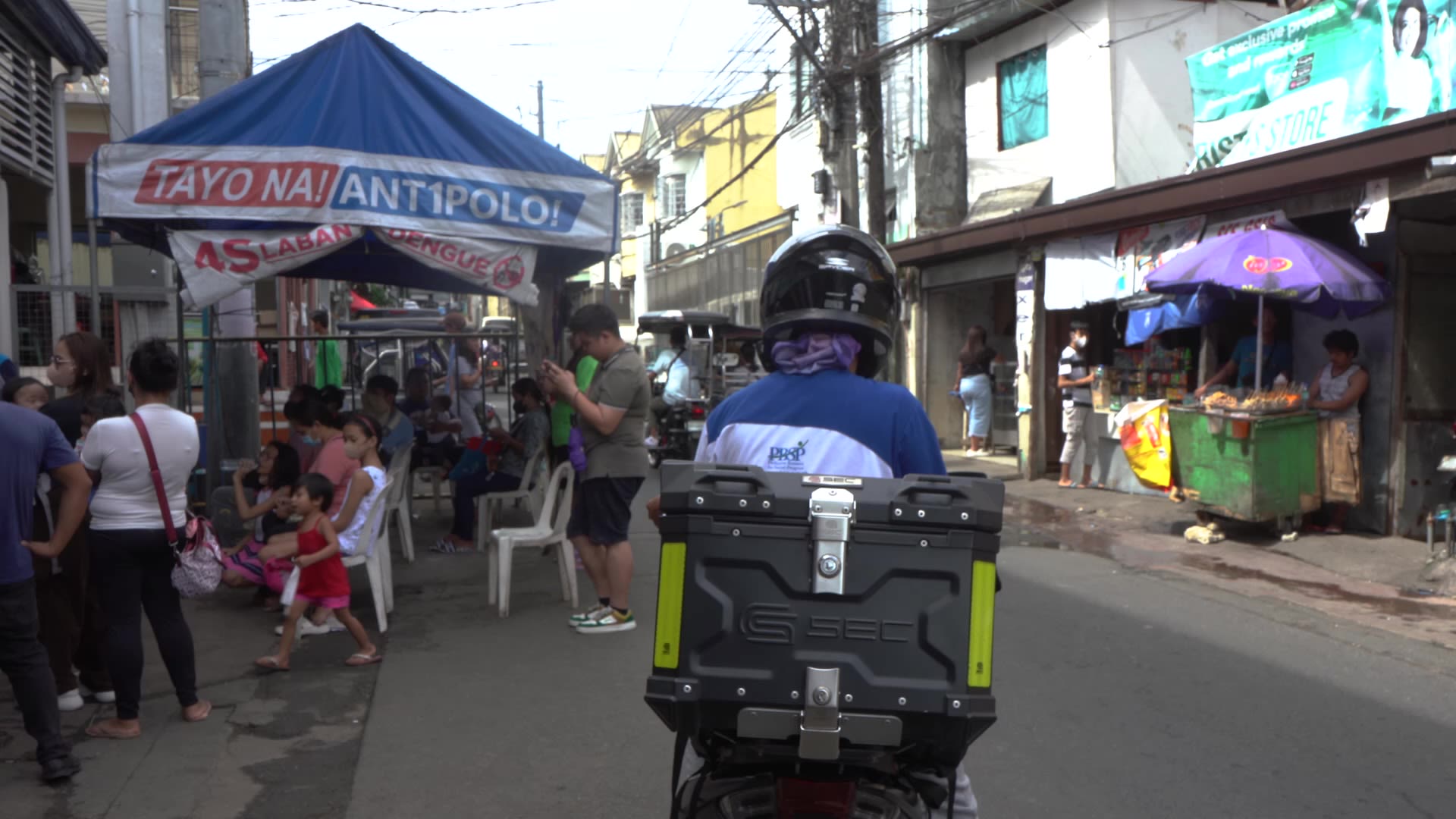Connecting the dots: Optimizing TB diagnostics in the Philippines
By mapping and analyzing diagnostic networks across different locations, the Philippines has made significant strides in optimizing TB diagnostics.
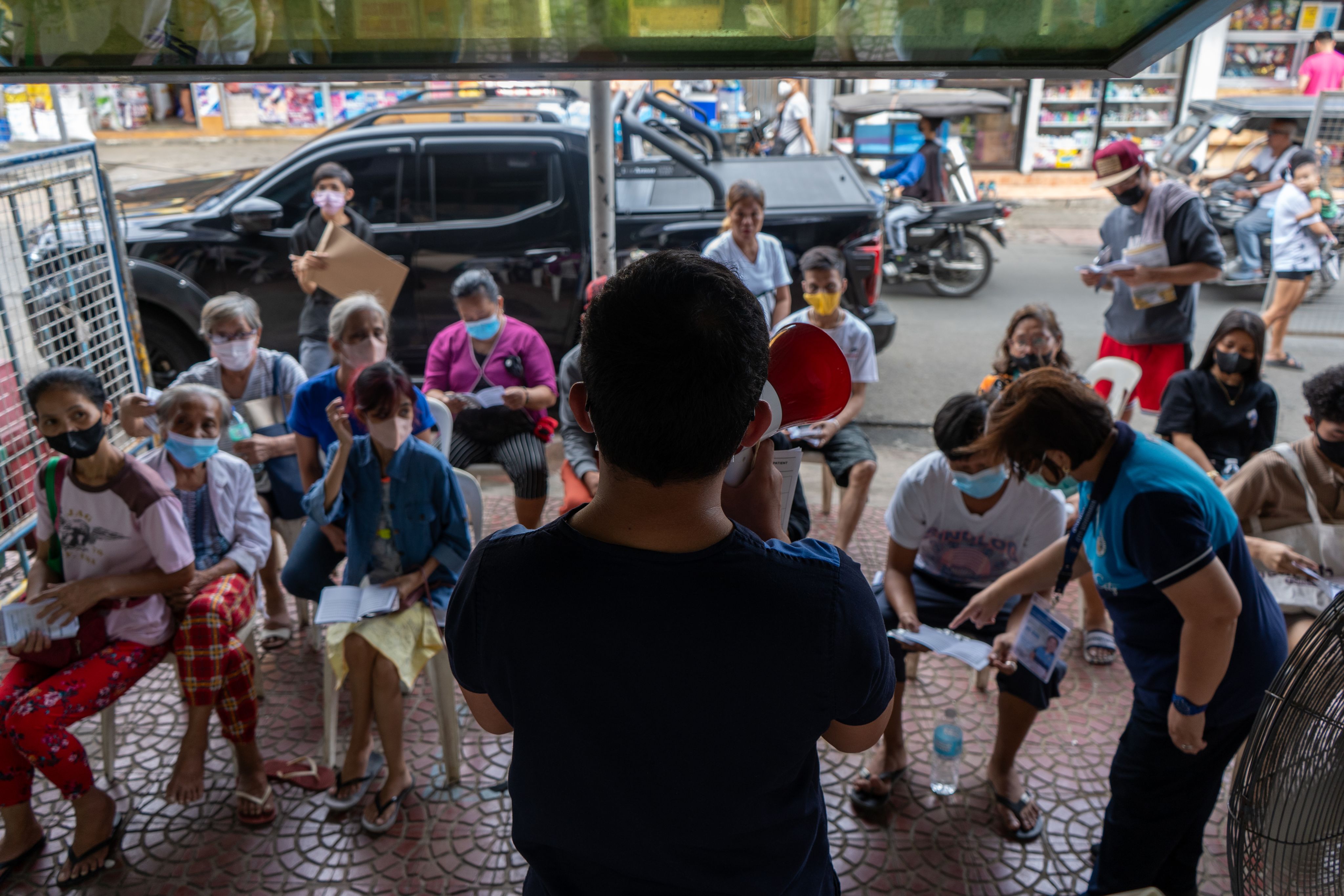
SPONSORED BY


Nestled in the hilly neighborhood of Bagong Nayon in Antipolo City, Philippines, a steep and narrow road winds its way to Niccolo Earl Ibarra’s home. In the small two-room house, decorated with Ibarra’s own artwork, the 27-year-old shares his living space with his parents, younger sister, and dog.
In August 2022, Ibarra faced a familiar hurdle: tuberculosis. Having conquered the disease once before in 2019, he recognized the symptoms early on. “I felt weak and breathless,” he recalls. “With every inhale and exhale, pain went through my chest and back.”
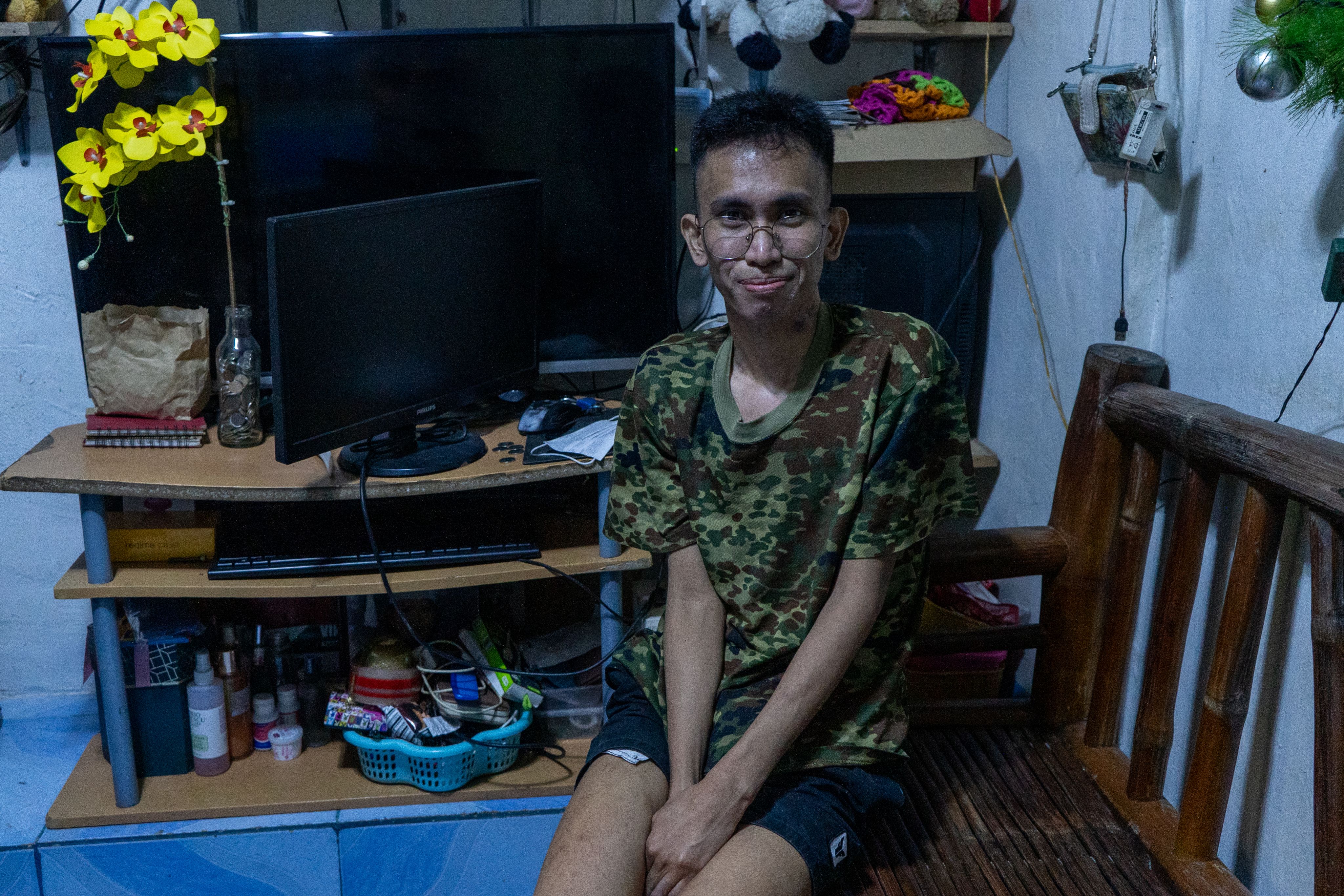
27-year-old Niccolo Earl Ibarra in his home in the hilly neighborhood of Bagong Nayon in Antipolo City, Philippines.
27-year-old Niccolo Earl Ibarra in his home in the hilly neighborhood of Bagong Nayon in Antipolo City, Philippines.
The path to diagnosis was far from straightforward, lasting around eight months. The doctors were concerned about other symptoms related to his lymph nodes, and prioritized tests with long waiting times before Ibarra finally received an X-ray, followed by a sputum culture test. The test confirmed a drug-resistant strain of TB, extending Ibarra’s treatment to a minimum of nine months with more potent medications and increased side effects compared to those for drug-susceptible TB.
Ibarra’s experience with TB reflects a broader struggle in the Philippines, where the disease remains a significant public health concern. The country ranks among the top 30 high TB burden countries globally, with an estimated 737,000 TB cases in 2022 — accounting for 7% of the world’s TB cases. However, only 59% of these cases were officially reported, indicating a gap in case detection and underreporting.
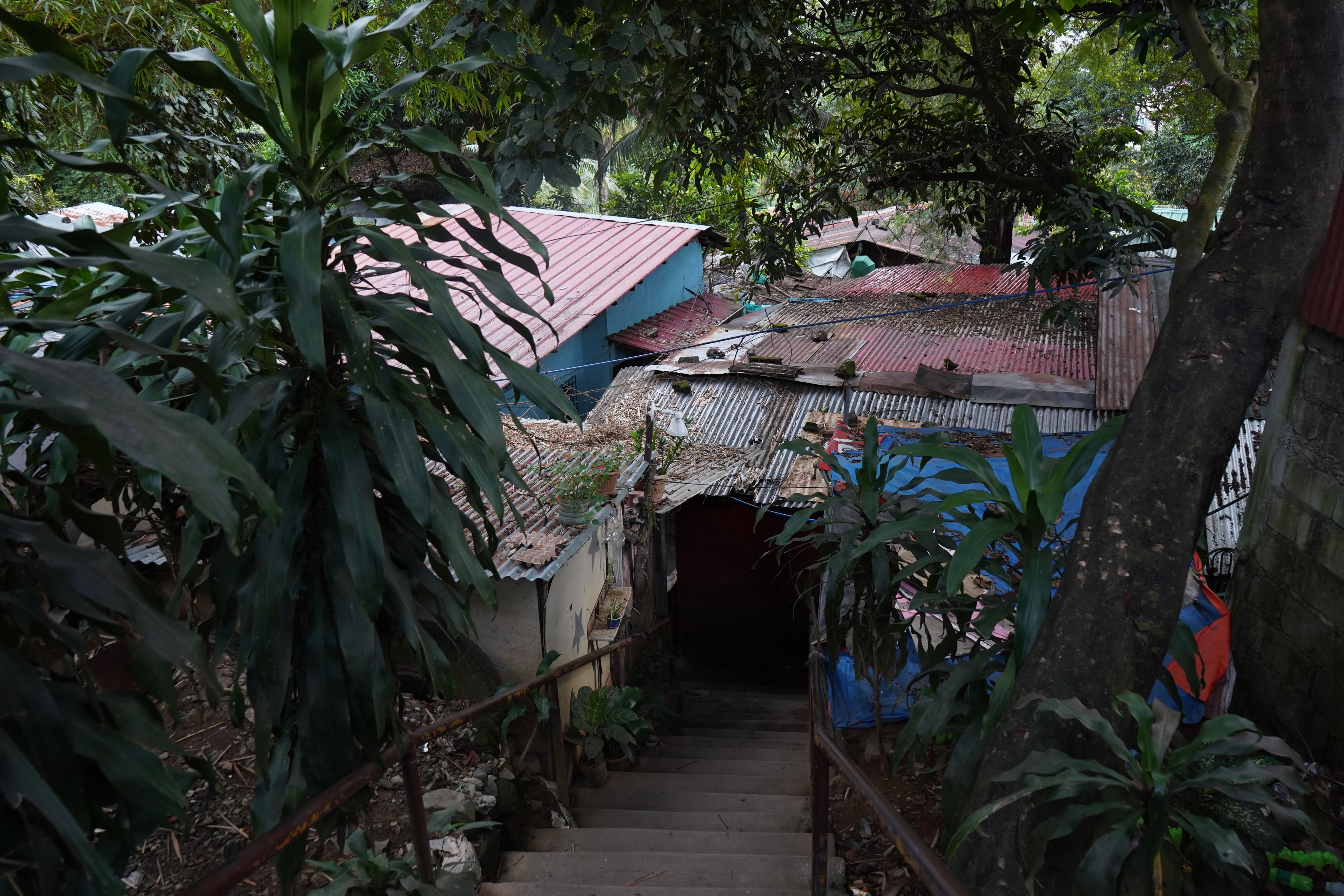
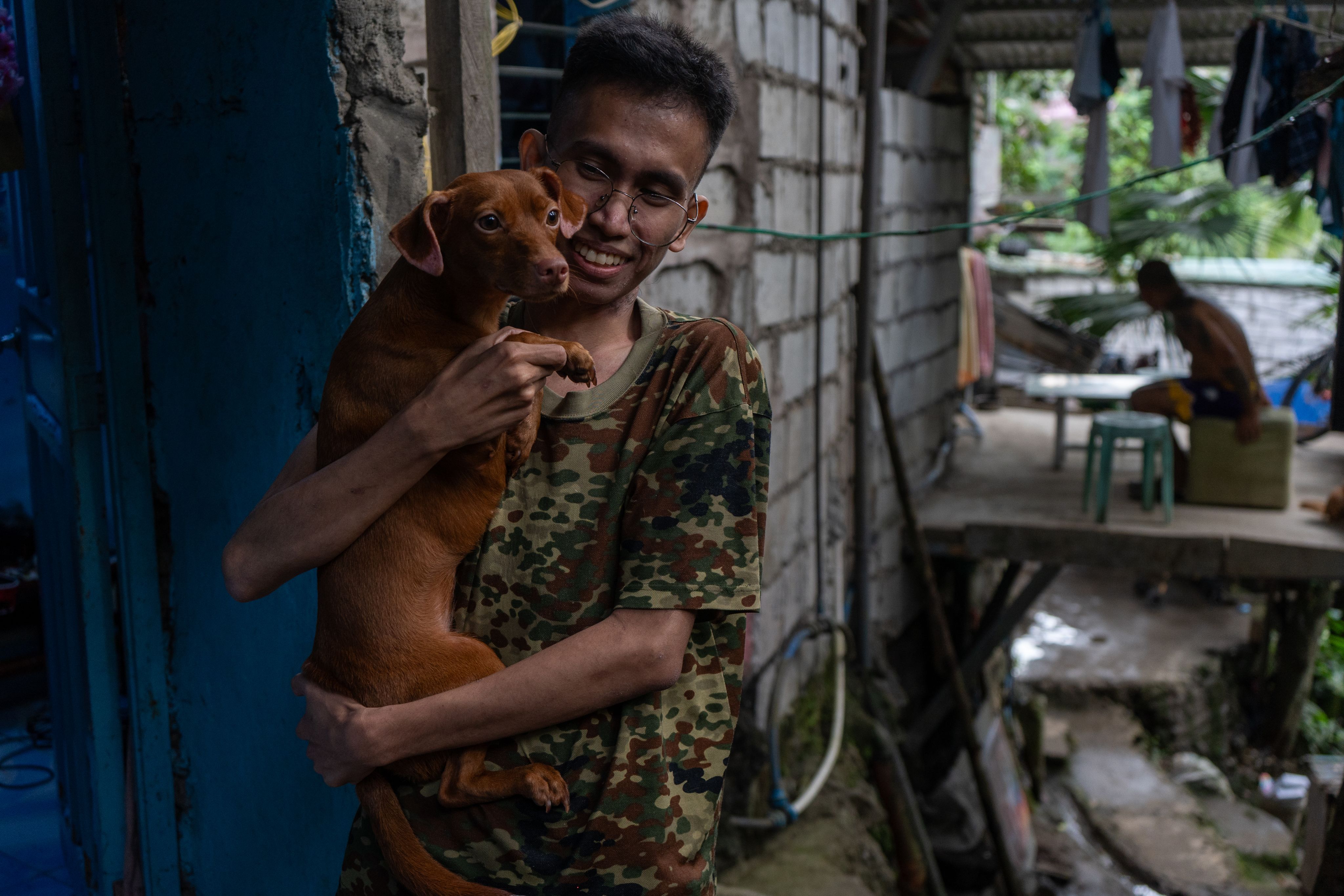
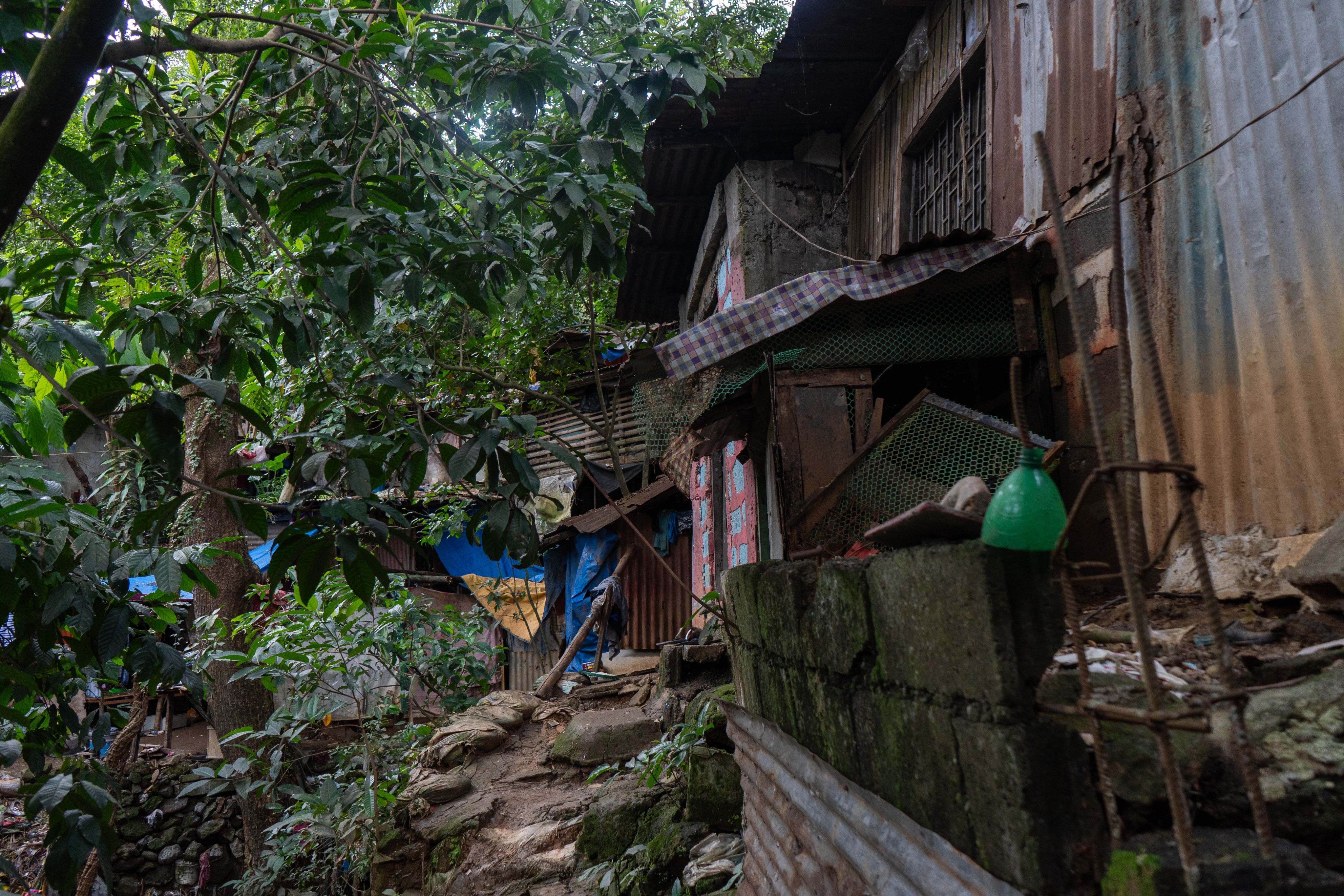
Navigating TB challenges

The challenges in TB diagnostics are multifold, explained Arnyl Araneta, program director for the Advancing Client-centered Care and Expanding Sustainable Services for TB, or ACCESS TB, a program funded by the Global Fund and implemented through the NGO Philippine Business for Social Progress, or PBSP.
“One of our major challenges is human resources for health. If you are able to go down to the level of our rural health units or health centers … most of them would only have one staff or one nurse, one doctor, catering to hundreds, thousands of patients,” he said.
PBSP's Arnyl Araneta explains the challenges the Philippines faces in its goal to eliminate TB.
A country comprising over 7,000 islands, the Philippines grapples with challenges in accessing diagnostics and health services in remote areas. The stigma associated with TB further complicates matters. “Some would only go to the clinic when they feel severely ill. So until that, they would tend to just continue working … because they don't want to be identified as [a] TB case,” said Araneta.
“The main challenge, I think right now, is really getting more people diagnosed and tested. We really want to find the missing TB cases,” said Ramon Basilio, head of the National TB Reference Laboratory in the Philippines, or NTRL, an institution providing TB laboratory, research, and training services as part of the National TB Control Program. “And we would also like to ensure that all these tests are of good quality as well. So that if a patient gets diagnosed, we are sure that these are really TB patients, and they get to be put on proper TB treatment.”
Optimizing diagnostics
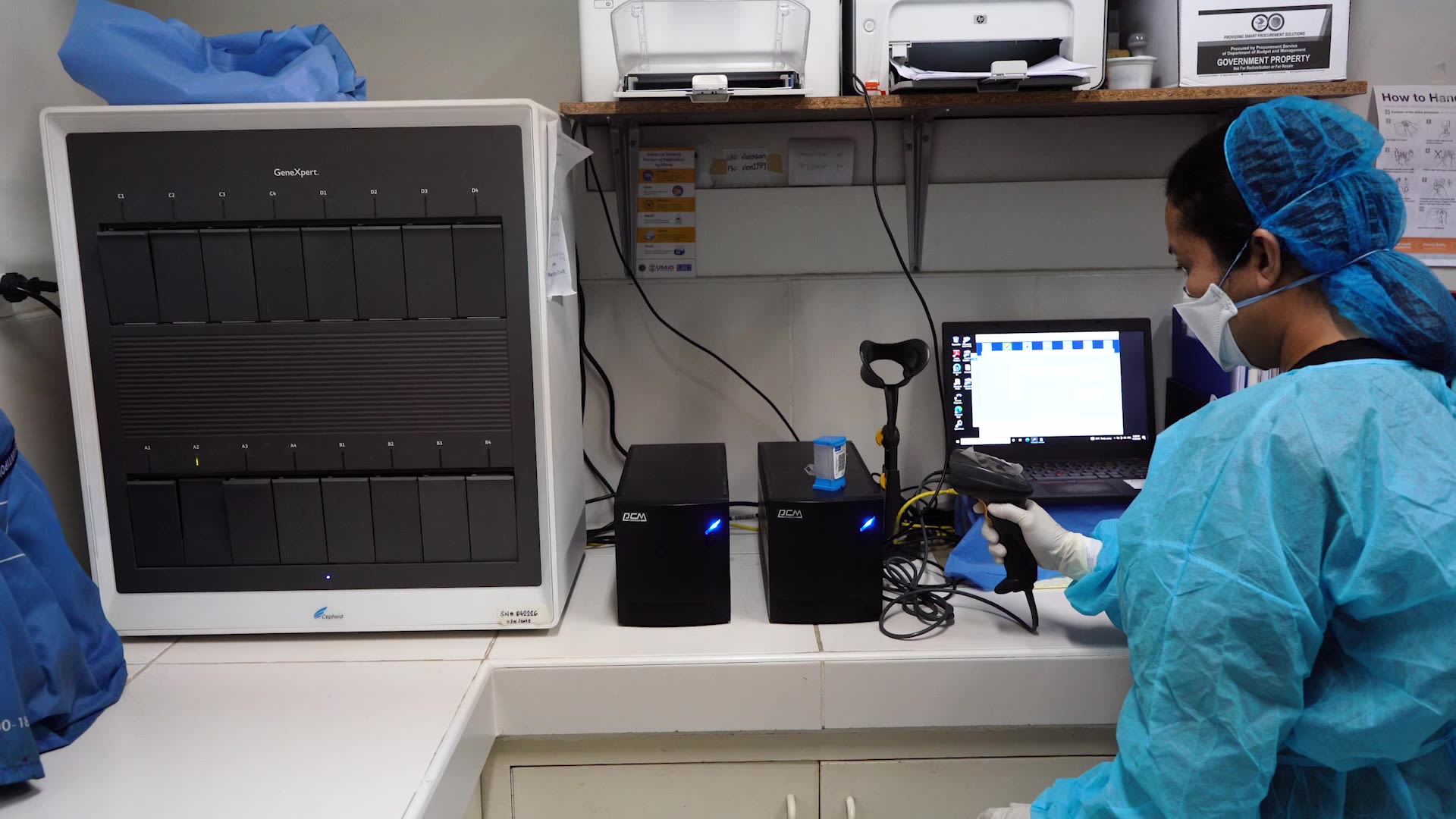
The Philippines’ most recent national TB elimination plan aimed to achieve a 50% reduction in TB mortality and a 12% reduction in TB incidence by the end of 2023. One of the plan’s goals has been to broaden access to the GeneXpert system — a molecular diagnostic platform — to conduct drug susceptibility testing for all TB cases. Molecular testing minimizes false positive test results and offers faster test results in comparison with traditional culture methods. The determination of Ibarra’s drug-resistant strain of TB was made possible through a GeneXpert machine.
In recent years, access to GeneXpert testing has surged in the Philippines, primarily thanks to so-called diagnostic network optimization, or DNO, analysis.
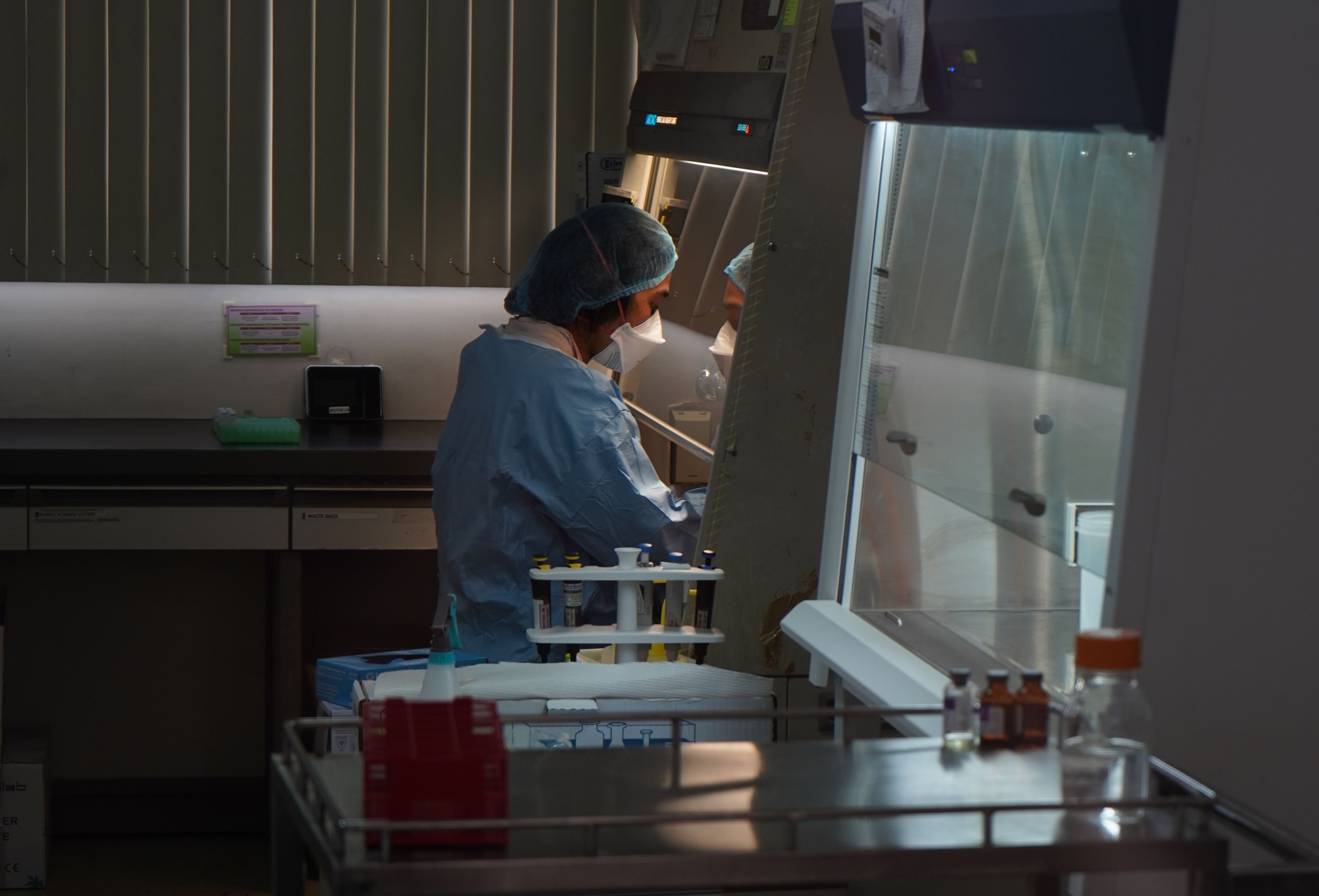
A laboratory technician examines TB samples at the National Tuberculosis Reference Laboratory of the Philippines.
A laboratory technician examines TB samples at the National Tuberculosis Reference Laboratory of the Philippines.
Diagnostic network optimization
DNO analysis is an approach that uses data to assess and improve diagnostic networks — interconnected systems that include human resources, infrastructure, referral systems, and diagnostic testing devices to detect, manage, and monitor diseases.
DNO helps find the best balance between making health care services more accessible for patients and being cost-effective. In the Philippines, DNO was conducted in 2015. The results of the analysis have been used to inform the optimal placement of GeneXpert systems to respond to TB testing demands.

DNO visualizes the diagnostic network, incorporating factors such as population, probable TB incidence in specific areas, the number of patients served by specific diagnostic tests, and the applicability of tests in distinct geographic areas, Basilio explained.
Ramon Basilio discusses how molecular diagnostics has revolutionized TB diagnosis in the Philippines.
The Foundation for Innovative New Diagnostics led the DNO, working closely with the Department of Health, Philippine Business for Social Progress, or PBSP, NTRL, and other stakeholders involved in TB diagnostics in the Philippines to gather the data needed. The resulting analysis indicated a demand for more GeneXpert machines to meet future needs in the Philippines.
“At the time we conducted DNO, we only had around 300 GeneXpert machines in the country, but now we have over 1,000,” Araneta said.
The main outcome of the DNO is the reduced turnaround time for diagnosis, said Cristina Ann Buenaagua, the National Tuberculosis Program’s regional medical technologist coordinator for Calabarzon — an administrative region of the Philippines that lies southeast of Metro Manila. From taking 1-2 months, the average time required to diagnose drug-resistant TB has dropped to one week in Calabarzon, she explained.
DNO impact summary (2017-2022)
GeneXpert machines: From 317 to 1,024
Rapid TB diagnostic laboratories: From 291 to 913
Use of traditional smear microscopy diagnostics: 91% reduction
Use of molecular diagnostics: 69% increase
Source: Internal documentation from NTRL
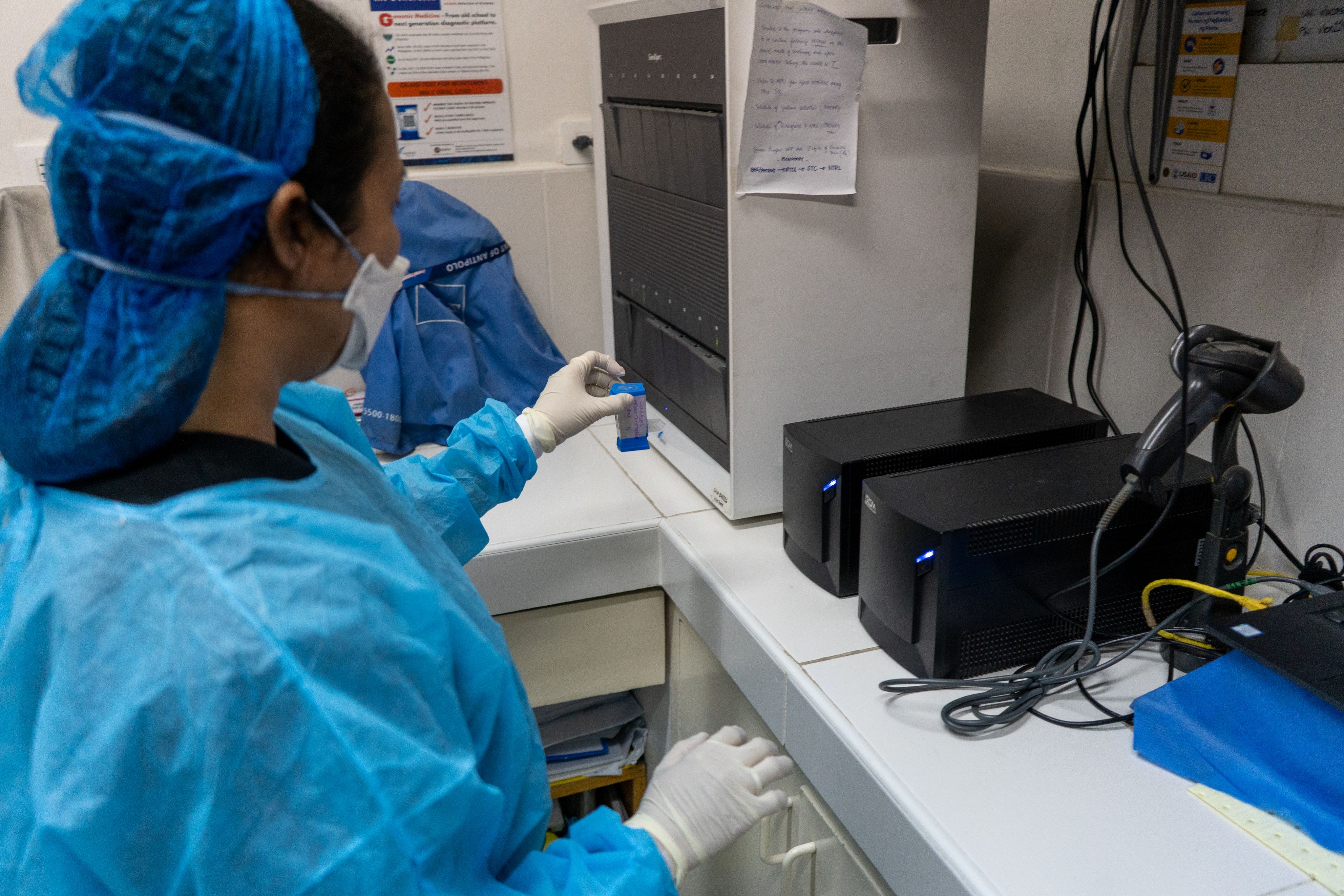
At the bustling Antipolo City Health Office, patients from the surrounding area are diagnosed and treated for conditions ranging from TB and dengue to animal bites and sexually transmitted diseases. Besides diagnosis and treatment, the center also holds public education sessions, which are open not only to patients but also to their families, to raise awareness about how to prevent disease transmission.
The center now manages 50 to 80 TB tests daily, thanks to the implementation and use of a GeneXpert machine at the health office following the DNO. “It has a big impact [on] our local communities. It [enables] early detection … [and has] reduced diagnostic delays and improved treatment management to our patients,” said Gwendolyn C. Batingan, a registered medical technologist with over 18 years of experience in TB diagnostics. The machine can analyze up to 16 tests simultaneously with accurate results available within two hours — a substantial improvement from the two days required with traditional smear microscopy.
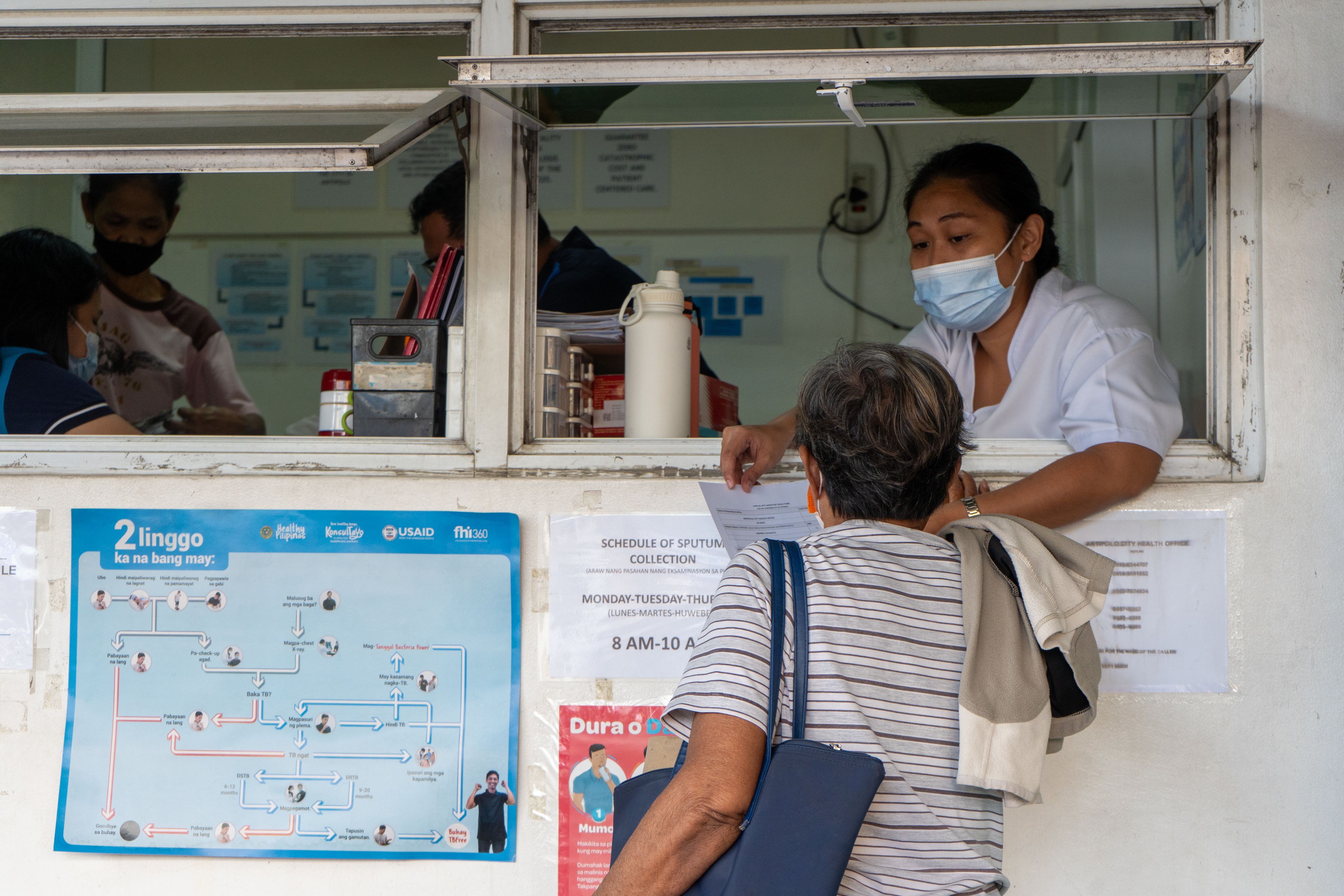
Besides providing diagnosis and treatment services, Antipolo City Health Office also also holds public education sessions.
Besides providing diagnosis and treatment services, Antipolo City Health Office also also holds public education sessions.
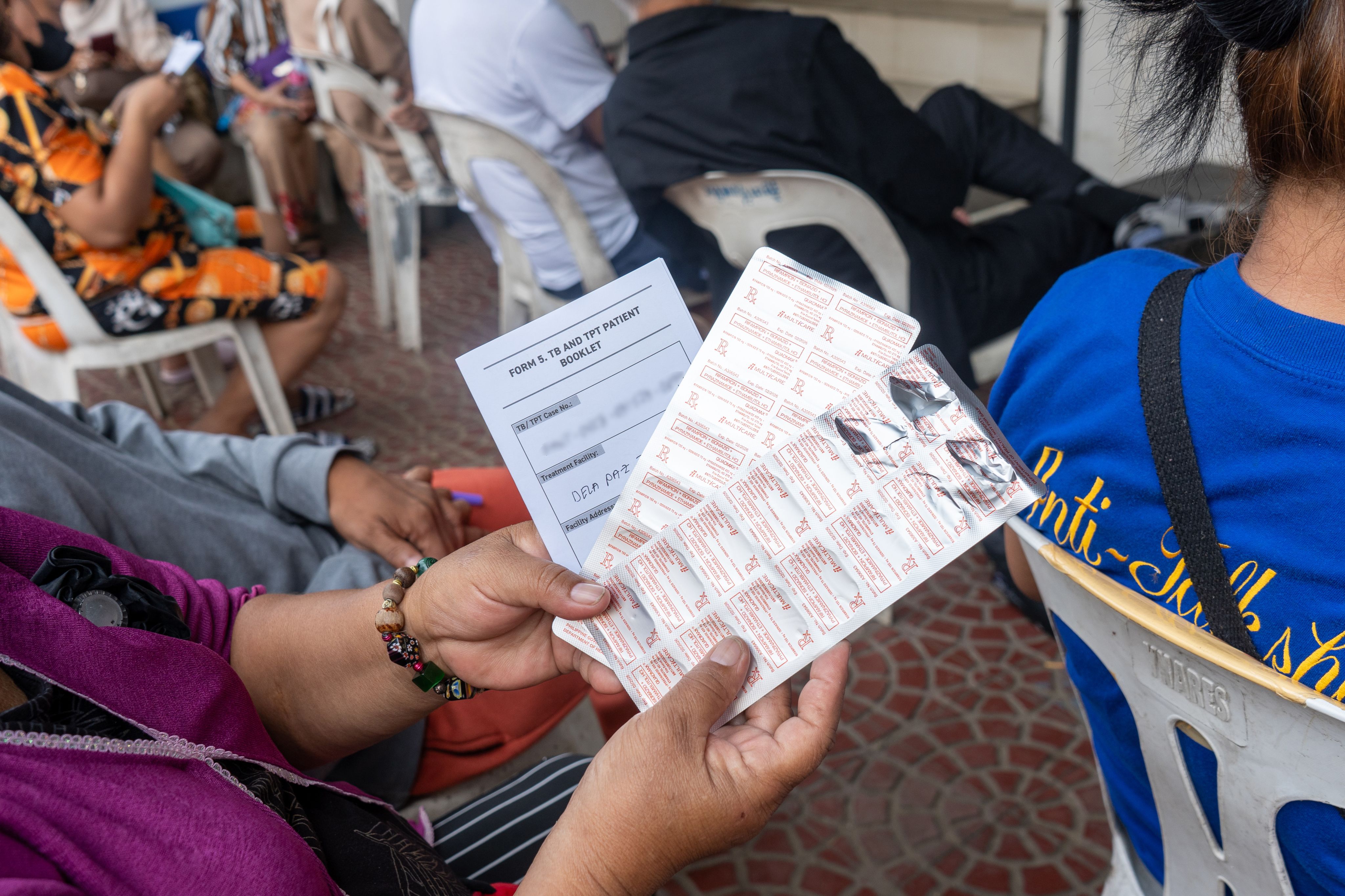
A patient receives TB medication at Antipolo City Health Office.
A patient receives TB medication at Antipolo City Health Office.
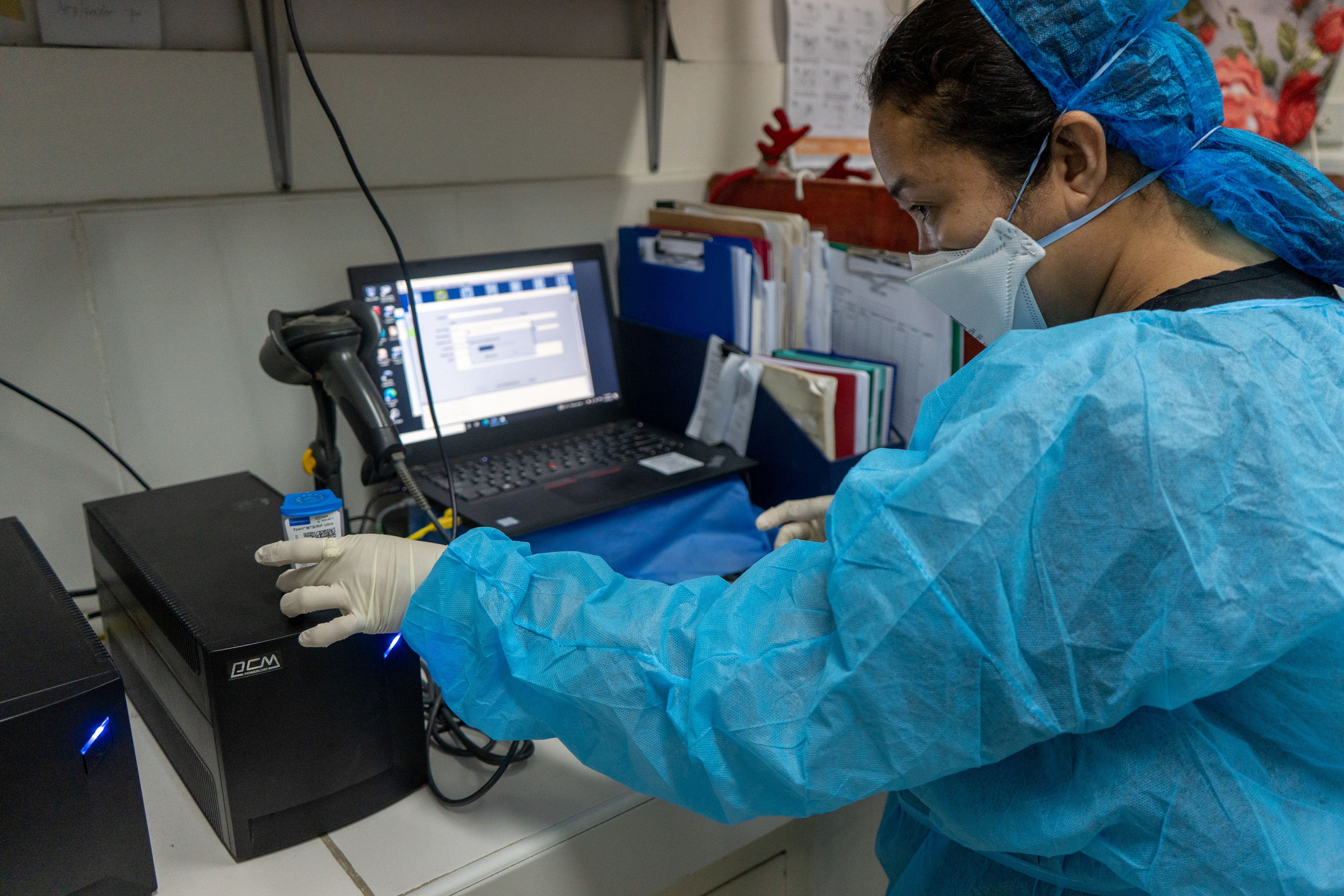
The center now manages 50 to 80 TB tests daily, thanks to the implementation and use of a GeneXpert machine.
The center now manages 50 to 80 TB tests daily, thanks to the implementation and use of a GeneXpert machine.
Transforming TB sample delivery
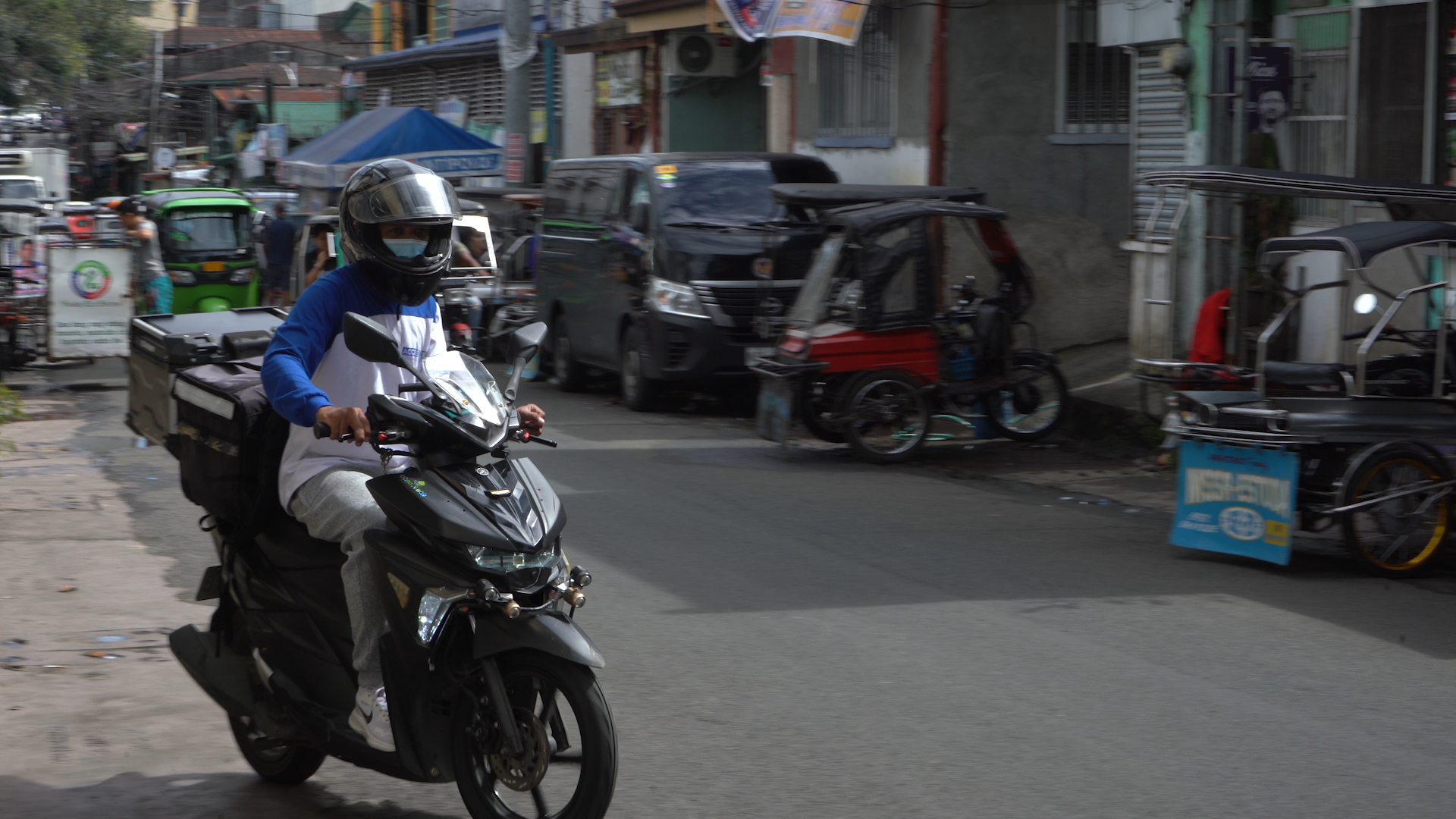
The expansion of the diagnostic network following DNO meant that previously untapped health centers, often in remote areas, now refer patients to laboratories equipped with a GeneXpert device. One machine is usually shared by around 10 municipalities, Araneta explained. However, this created challenges for patients living far away from a GeneXpert site, he said. “For far-flung areas, the nearest [site] is a two-hour drive away. We ended up with a significant number of defaults for diagnosis alone.”
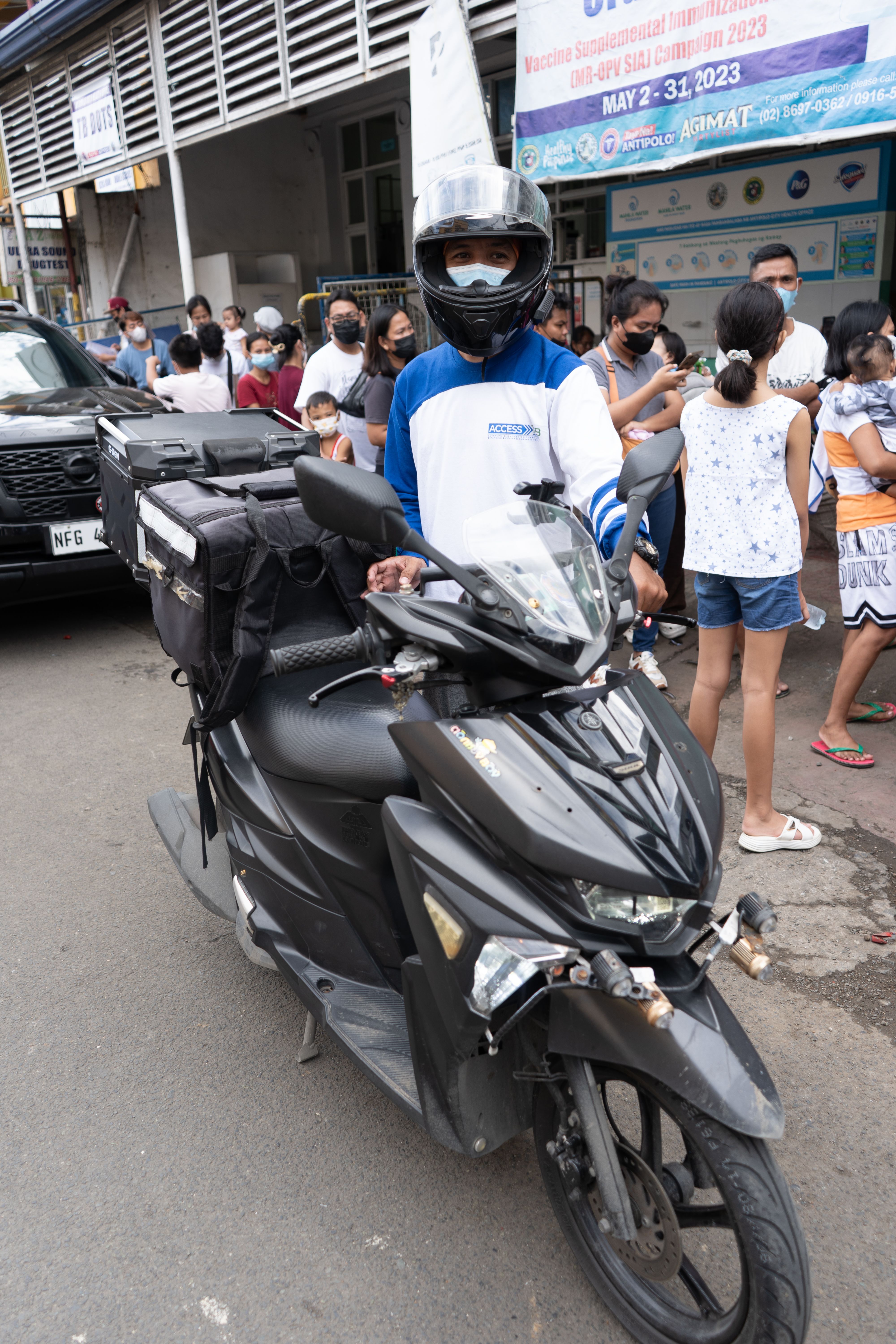
Jason Poserio transports TB specimens by motorbike from small rural health centers to Antipolo City Health Office as part of the STRiders network.
To overcome this challenge, an innovative method for transporting sputum samples from local health centers to GeneXpert sites by motorcycle, known as the Specimen Transport Riders, or STRiders system, was implemented in 2017.
Only six months after establishing the STRiders system, the number of specimens being processed at GeneXpert sites doubled, and TB notifications increased by almost 50% as a result. This led to a scale-up of the system from five to all 17 regions of the Philippines.

Jason Poserio transports TB specimens by motorbike from small rural health centers to Antipolo City Health Office as part of the STRiders network.
Jason Poserio transports TB specimens by motorbike from small rural health centers to Antipolo City Health Office as part of the STRiders network.

Christine Suarez receives a delivery of TB sputum samples.
Christine Suarez receives a delivery of TB sputum samples.
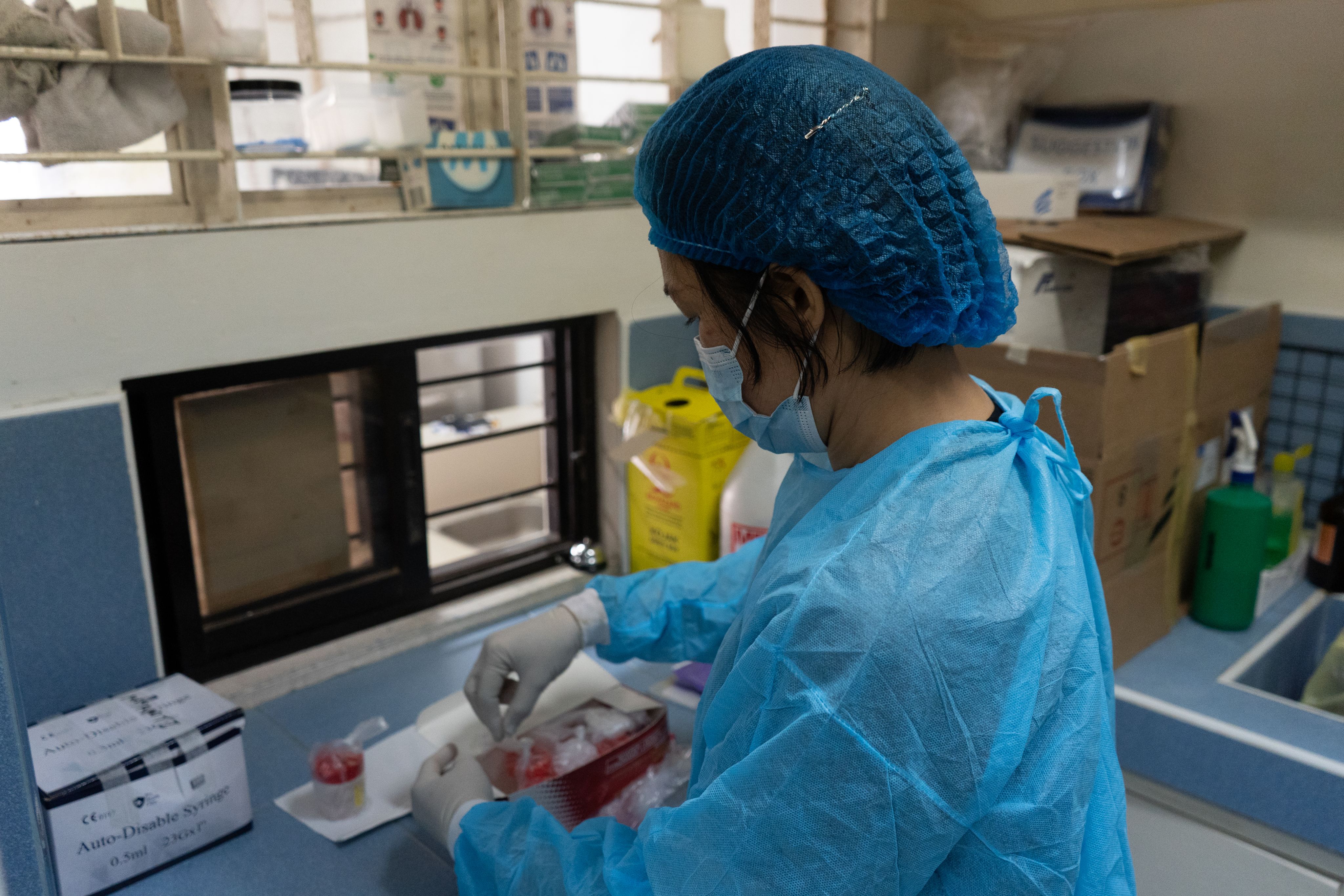
An estimated 40 to 50 specimen samples are delivered to Antipolo City Health Office each day.
An estimated 40 to 50 specimen samples are delivered to Antipolo City Health Office each day.
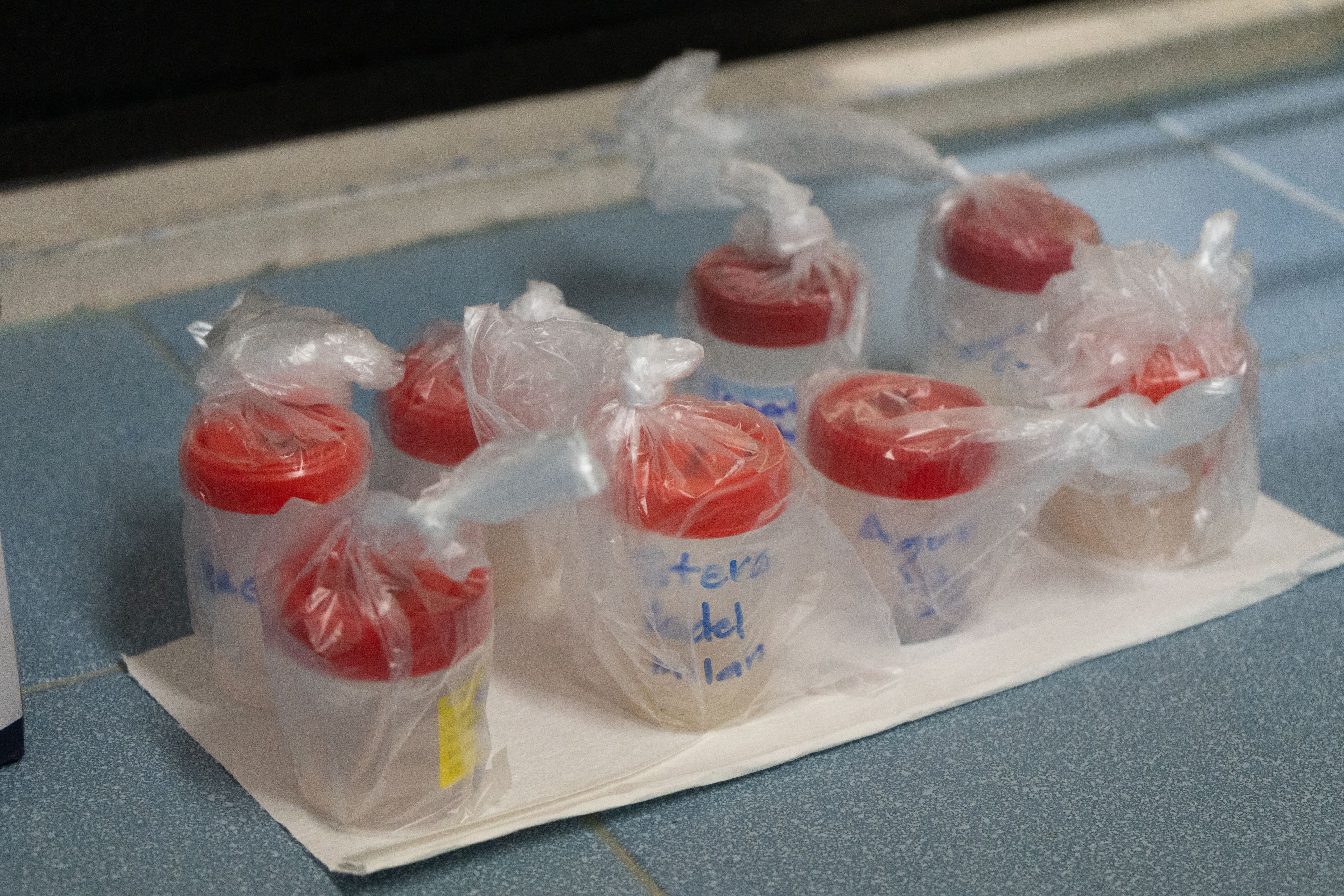
One GeneXpert machine can analyze up to 16 samples simultaneously.
One GeneXpert machine can analyze up to 16 samples simultaneously.
Envisioning a TB-free future
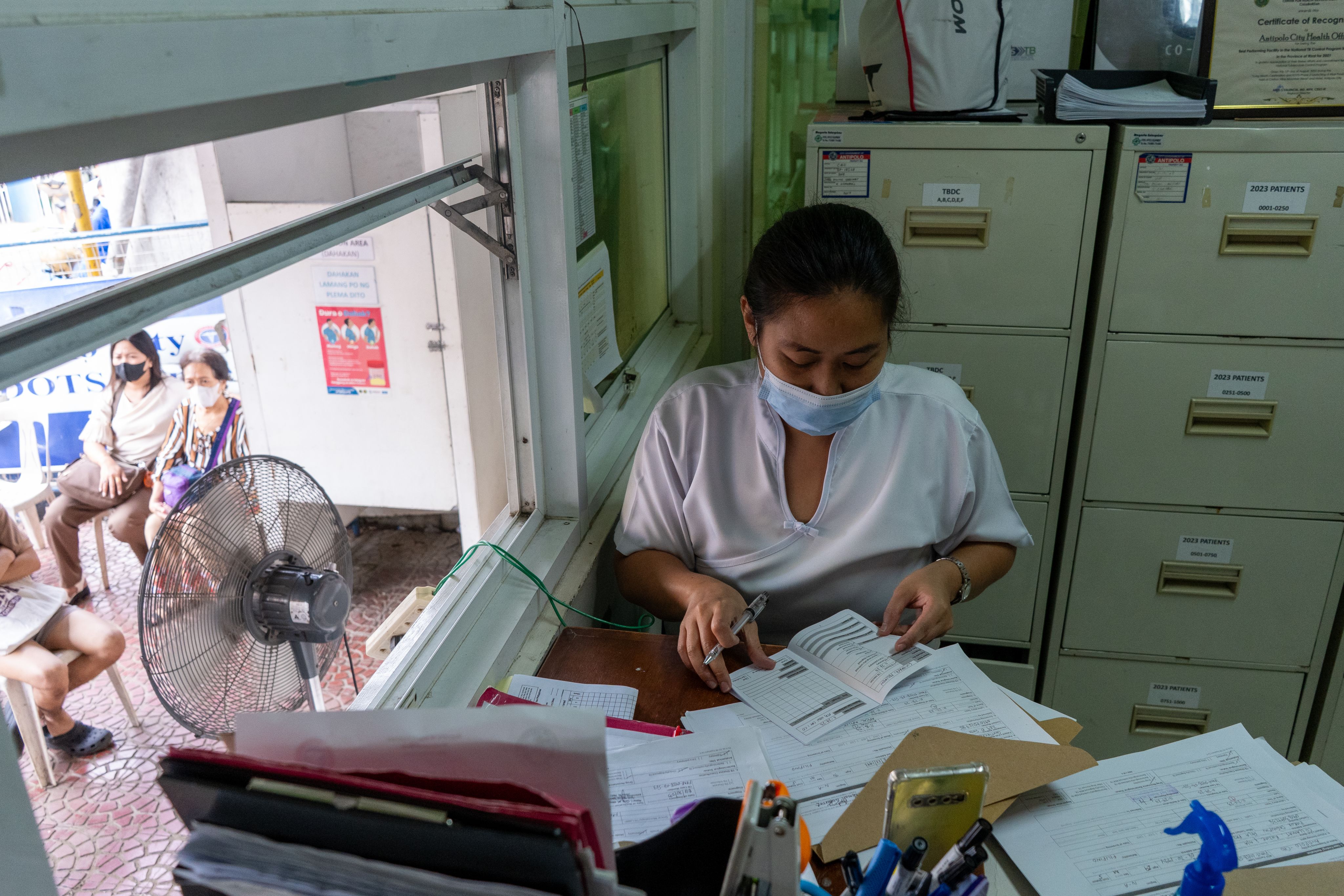
While the Philippines has achieved significant strides in TB diagnostics, courtesy of DNO, numerous challenges persist in reducing the disease burden in the country.
Although the diagnostic tools are in place, early detection and treatment to reduce transmission still need to be improved. “The Filipinos tend to report or submit themselves during the late stages of their sickness,” said Buenaagua. “Health promotion is very essential and critical.”
One challenge is addressing latent TB disease, which is more complicated to diagnose compared to active TB. While someone with latent TB is not yet contagious, the research emphasizes the importance of increased focus on understanding and managing those with latent infection to ensure future progress.
“You have to prevent and at the same time, find and treat active TB disease,” said Araneta. “I think that’s the only way we can really eliminate TB in the country.” A big chunk of PBSP’s program budget for 2024-26 is on TB prevention, procurement of TB preventive medicines, and advocacy and education sessions, he explained.
In Bagong Nayon, Ibarra reflects on his own TB journey. While the experience has been challenging, he no longer feels anxious or discouraged in the way he did when he first was diagnosed. “I am not worried that I might not be able to handle it … it doesn't affect my daily life anymore.”
However, he also raised the importance of increased public awareness. “People need to be informed about TB so that the cases do not increase. I heard [about] it, but I didn't know much at the time [of my diagnosis].”
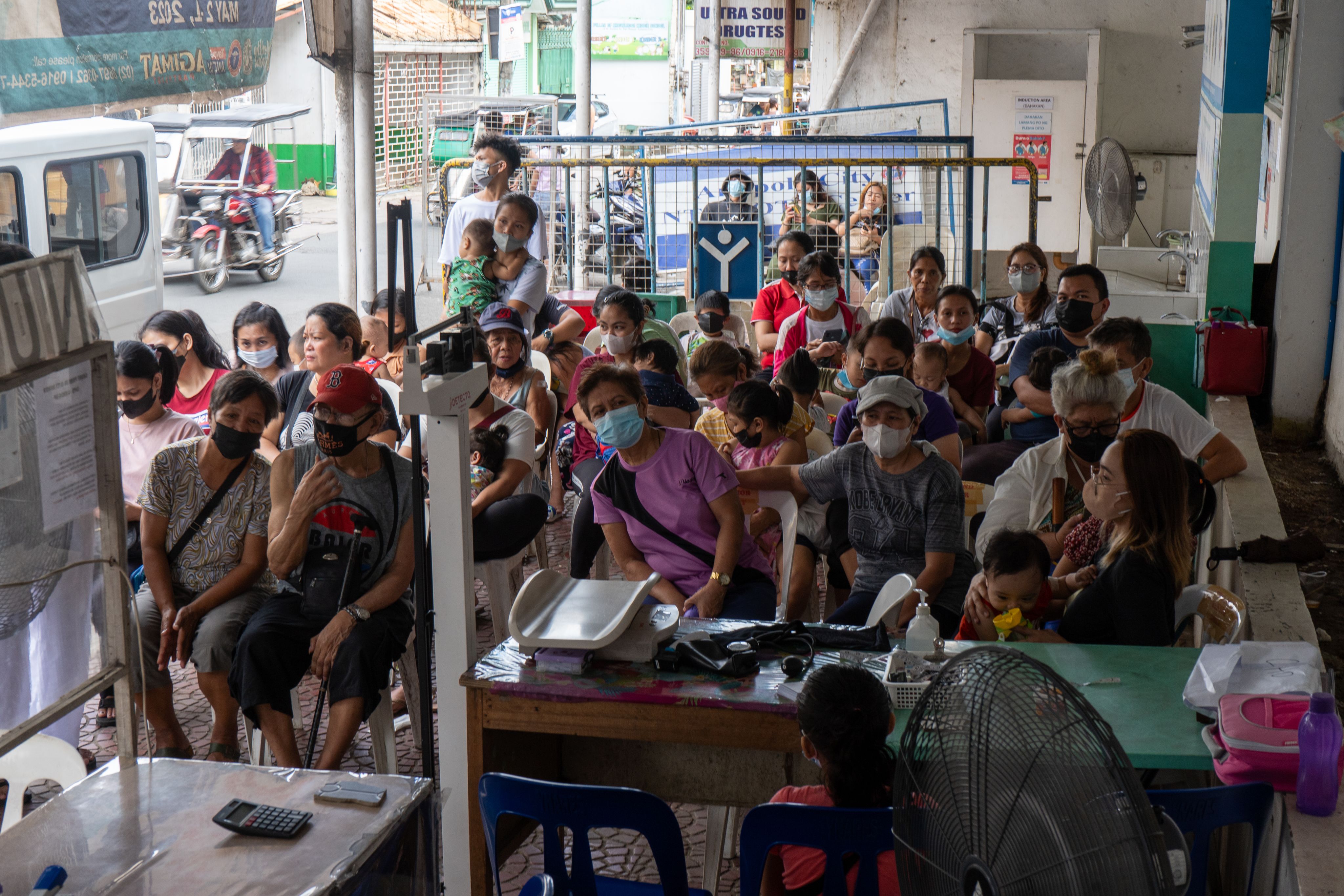
Reporting by Olivia Govik
Video and photos by Naomi Mihara
SPONSORED BY

Learn more about Cepheid’s global health work here:
Enabling Global Health Solutions
